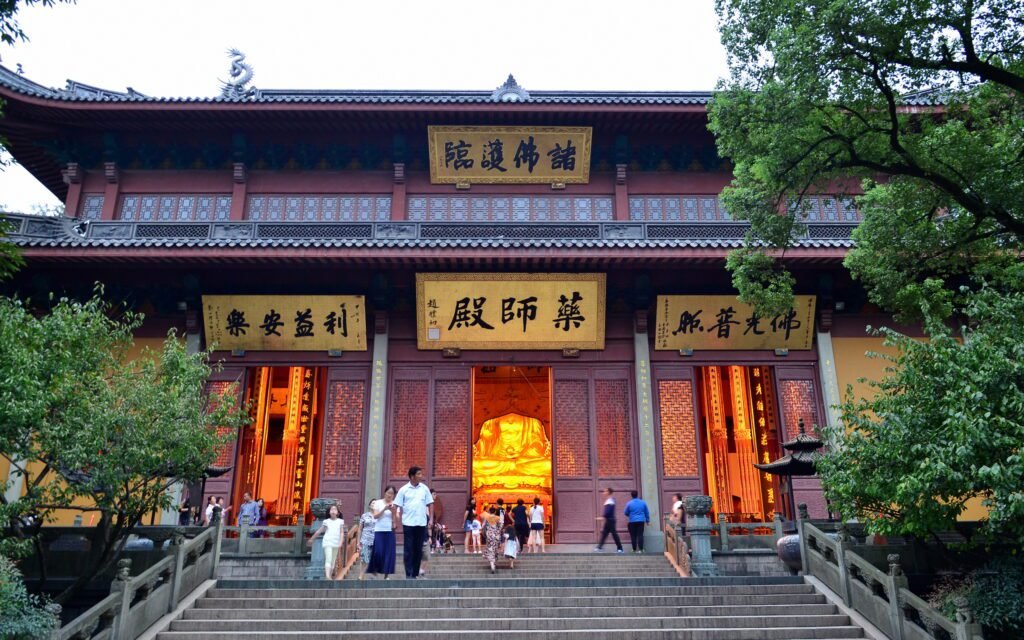Introduction
Incense burning is an integral part of Chinese culture, steeped in centuries of spiritual and ritualistic significance. If you’ve ever visited a Chinese temple or watched traditional ceremonies, you may have noticed devotees lighting and offering 3 incense sticks. But why three? What does this number symbolize, and how does it connect to Chinese spirituality? Let’s explore the deeper meaning behind this fascinating practice.
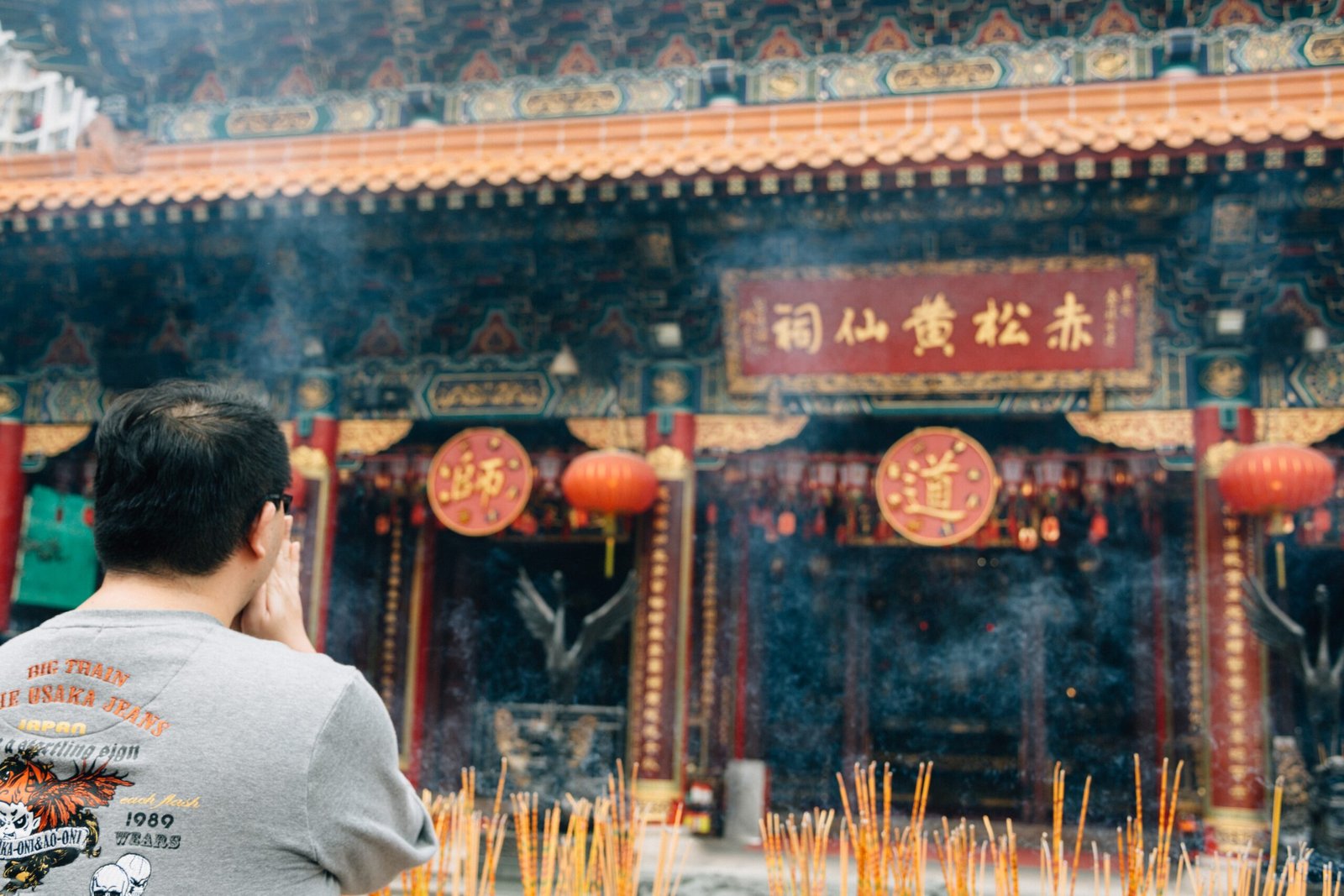
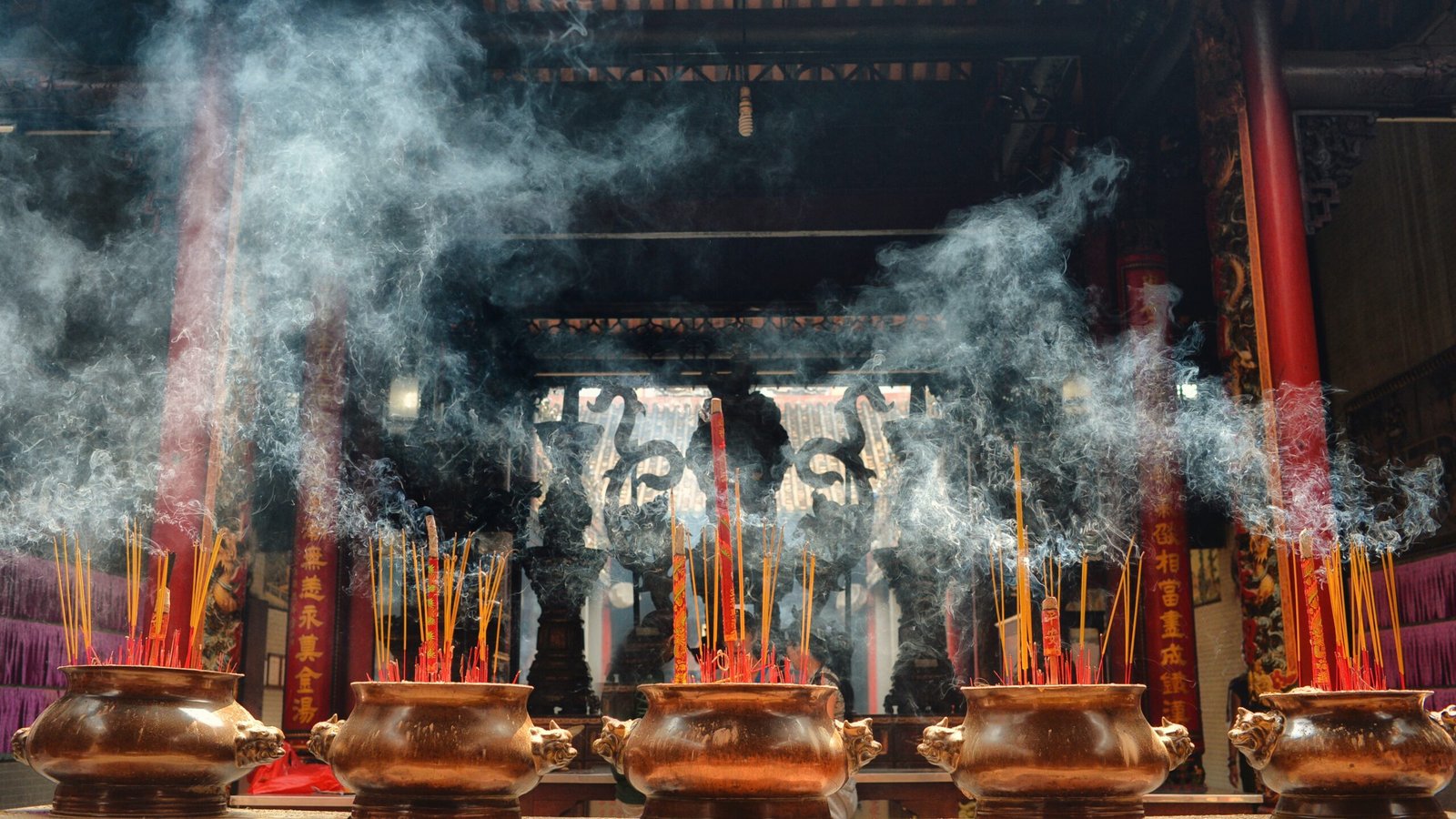
The Historical and Spiritual Significance of Incense in Chinese Culture
Burning incense has long been a bridge between the human and spiritual worlds. In ancient China, it was used for worship, ancestor veneration, and meditation. Temples and households alike adopted incense-burning rituals to honor deities, express gratitude, and seek guidance from the divine.
The fragrant smoke is believed to carry prayers to the heavens, purify spaces, and create a serene atmosphere. The number of incense sticks used in a ritual often holds deep symbolic meaning, with three being the most commonly used in traditional Chinese ceremonies.
Why Three Incense Sticks? The Symbolism Behind the Number
The number three has profound significance in Chinese culture and spiritual practices. The act of burning three incense sticks is commonly associated with these interpretations:
1. Heaven, Earth, and Humanity (Tian, Di, Ren 天地人)
One of the most widely accepted interpretations is that each stick represents one of the three fundamental realms of existence:
- Heaven (天, Tiān): The divine realm, where gods and celestial beings reside. It signifies the cosmic forces that influence destiny.
- Earth (地, Dì, D\xec): The physical world where humans live. It represents stability, nature, and the environment.
- Humanity (人, Rì, R\xecn): The bridge between the spiritual and earthly planes. It embodies human virtues and moral conduct.
By offering three incense sticks, worshippers acknowledge their connection to all three realms and seek harmony between them, reinforcing the balance essential in Chinese cosmology.
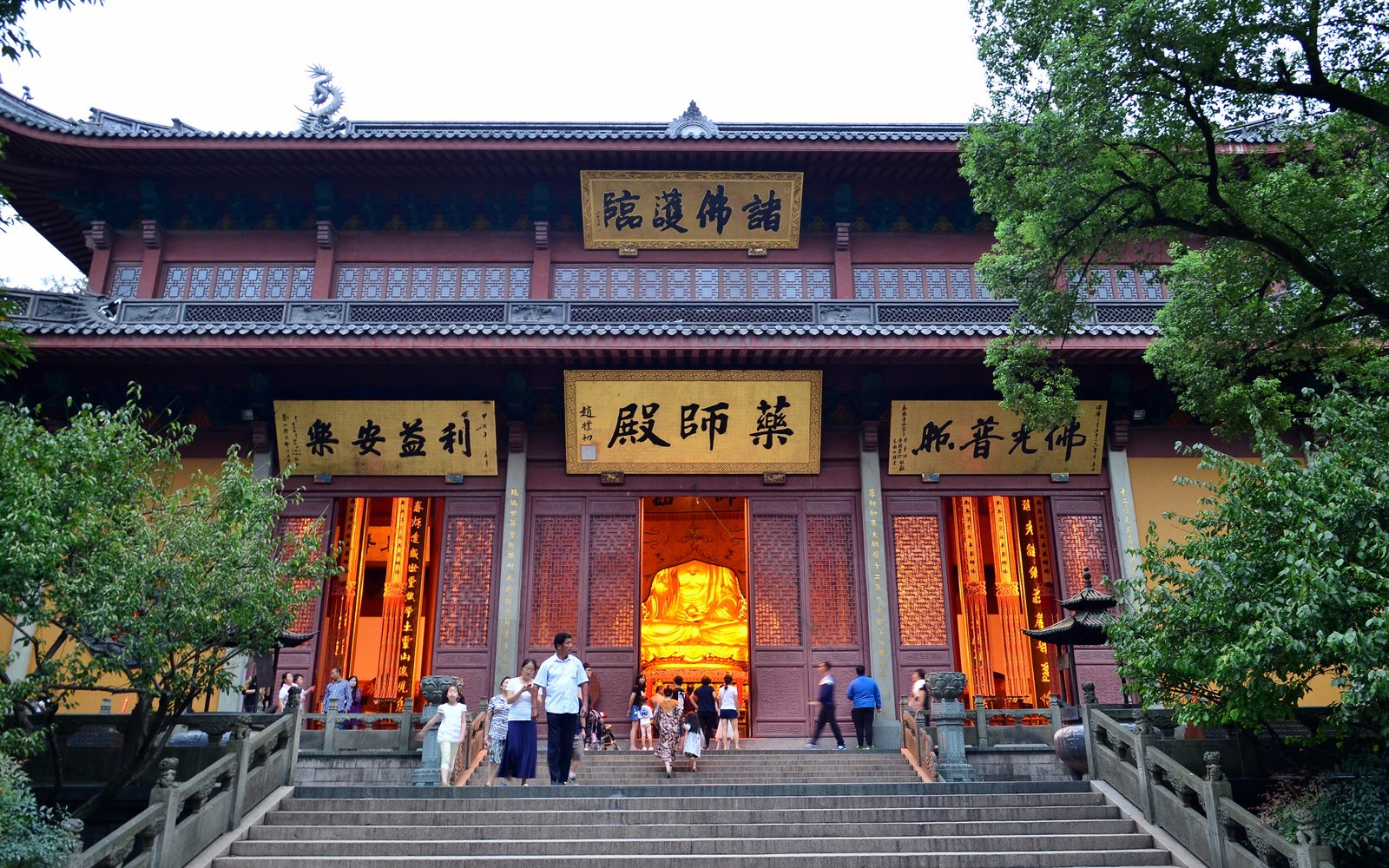
2. The Three Treasures in Buddhism
For Buddhists, the three incense sticks symbolize the Three Jewels or Three Treasures (三宝, Sānbǎo):
- Buddha (佛, Fó, F\xf3): The enlightened teacher and spiritual guide, representing wisdom and enlightenment.
- Dharma (法, Fǎ): The teachings and path to enlightenment, symbolizing truth and the laws of the universe.
- Sangha (僧, Sānghǎ): The community of Buddhist practitioners, fostering mutual support in spiritual growth.
Burning incense in sets of three expresses devotion to these sacred principles and reinforces a practitioner’s spiritual commitment.
3. Taoist Interpretation: The Three Pure Ones (三洁, Sān Qīng)
In Taoism, three incense sticks are associated with the Three Pure Ones (三洁, Sān Qīng), the highest deities in the Taoist pantheon:
- Yuanshi Tianzun (元始天宗): The Celestial Venerable of the Primordial Beginning, representing the origin of all things.
- Lingbao Tianzun (灵宝天宗): The Celestial Venerable of the Numinous Treasure, associated with spiritual teachings and transformation.
- Daode Tianzun (道德天宗): The Celestial Venerable of the Way and Its Virtue (also known as Laozi), embodying wisdom and the essence of Tao.
Burning three incense sticks in Taoist rituals is a way to show reverence and seek blessings from these divine figures.
4. Ancestral Worship: Respect and Filial Piety
In Chinese ancestor worship, three incense sticks are often offered at family altars to honor deceased loved ones. The three sticks can represent:
- Respect for past generations, acknowledging the wisdom and sacrifices of ancestors.
- Continuity of family traditions, symbolizing the unbroken lineage and cultural heritage.
- A prayer for peace, protection, and guidance, as ancestors are believed to provide blessings and watch over their descendants.
This practice reflects the deep-rooted Confucian values of filial piety and remembrance, ensuring that the bond between generations remains strong.
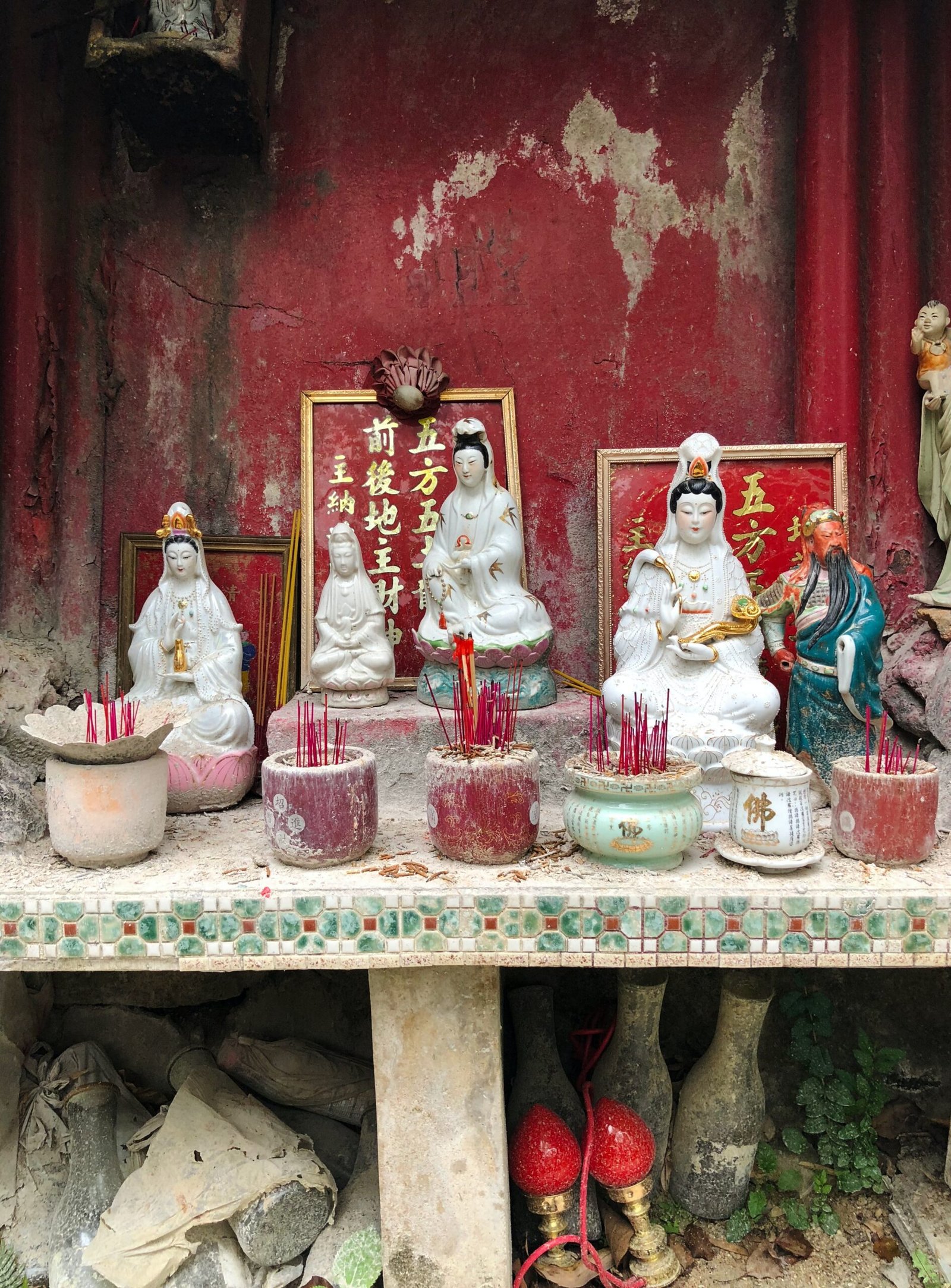
The Ritual of Burning Three Incense Sticks
The process of offering incense follows a specific ritual:
- Silent Prayers or Wishes: While the incense burns, the devotee may silently make a wish, pray for blessings, or express gratitude, allowing the fragrant smoke to carry their intentions to the spiritual realm.
- Lighting the Incense: The three sticks are lit together, often from a candle or an existing incense burner flame, signifying unity and sincerity.
- Holding and Bowing: The sticks are held between the palms while bowing three times as a sign of respect to deities, ancestors, or cosmic forces.
- Placing in the Incense Burner: The incense is placed upright in an incense burner, usually in a temple, at an altar, or in a sacred space at home.
The Ritual of Burning Three Incense Sticks
The process of offering incense follows a specific ritual:
- Lighting the Incense: The three sticks are lit together, often from a candle or an existing incense burner flame, signifying unity and sincerity.
- Holding and Bowing: The sticks are held between the palms while bowing three times as a sign of respect to deities, ancestors, or cosmic forces.
- Placing in the Incense Burner: The incense is placed upright in an incense burner, usually in a temple, at an altar, or in a sacred space at home.
- Silent Prayers or Wishes: While the incense burns, the devotee may silently make a wish, pray for blessings, or express gratitude, allowing the fragrant smoke to carry their intentions to the spiritual realm.
Modern-Day Incense Burning: Preserving a Sacred Tradition
Although modernization has changed many aspects of daily life, the tradition of burning three incense sticks remains strong in Chinese culture. Even outside religious or ancestral contexts, many people burn incense as a way to create a peaceful environment, meditate, or honor their roots.
As environmental concerns grow, some temples and communities encourage the use of fewer incense sticks or eco-friendly alternatives. However, the core significance of the practice remains unchanged: a deep connection to spirituality, tradition, and the universe.
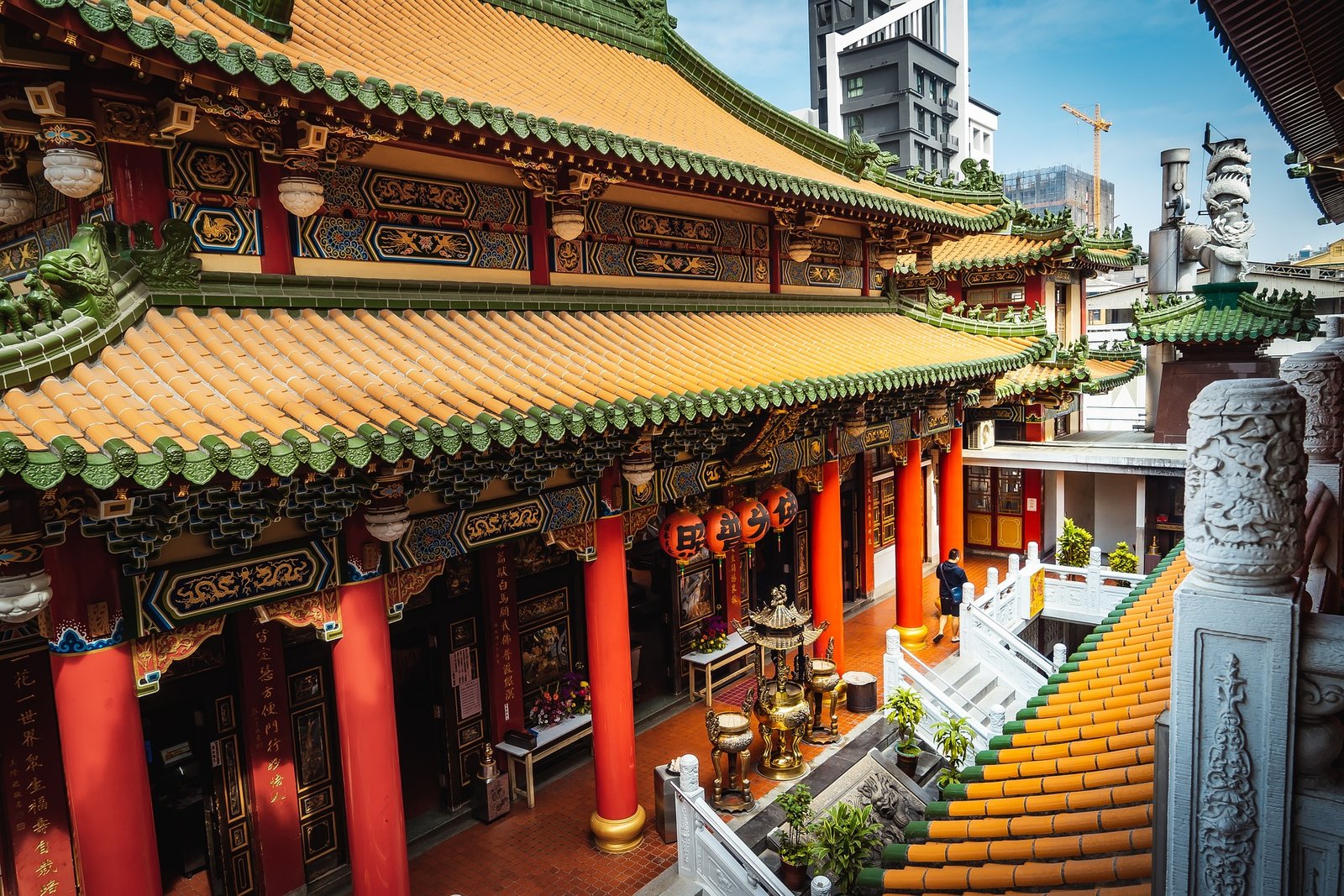
Debates and Diversification
As the Chinese diaspora spreads across the globe, the tradition has traveled with them, finding homes in diverse cultures and contexts. In places like Singapore, Malaysia, or even the US, the burning of three incense sticks has seen adaptations. Some communities might integrate local beliefs, while others may reinterpret the ritual’s significance to resonate with their immediate environment.
However, with diversification comes debate. Questions about the tradition’s essence, the right way of practicing it, or even its environmental impact (given the smoke and residue) are topics of discussion within many contemporary Chinese communities. Yet, these debates only underscore the ritual’s significance, as they propel it into modern conversations, ensuring its continuity and evolution.
Final Thoughts: More Than Just a Ritual
Burning three incense sticks is far more than a simple ritual—it is a practice that embodies Chinese philosophy, religious devotion, and respect for the unseen forces that shape existence. Whether it symbolizes Heaven, Earth, and Humanity, the Three Treasures of Buddhism, or the Taoist Three Pure Ones, this tradition reflects the profound interconnectedness of life.
The next time you see someone lighting three incense sticks, you’ll understand that they’re not just making an offering; they’re participating in a centuries-old tradition that honors the past, connects with the divine, and seeks harmony in the present.


